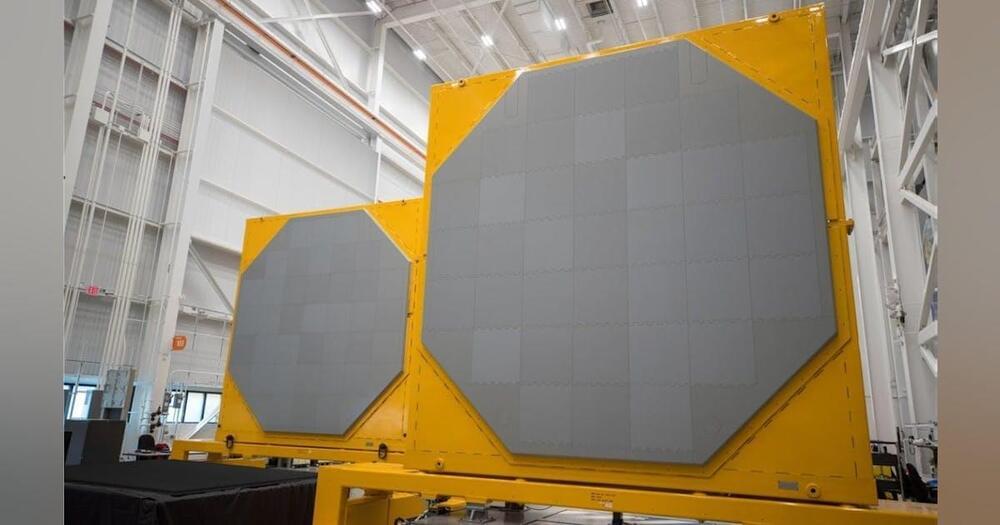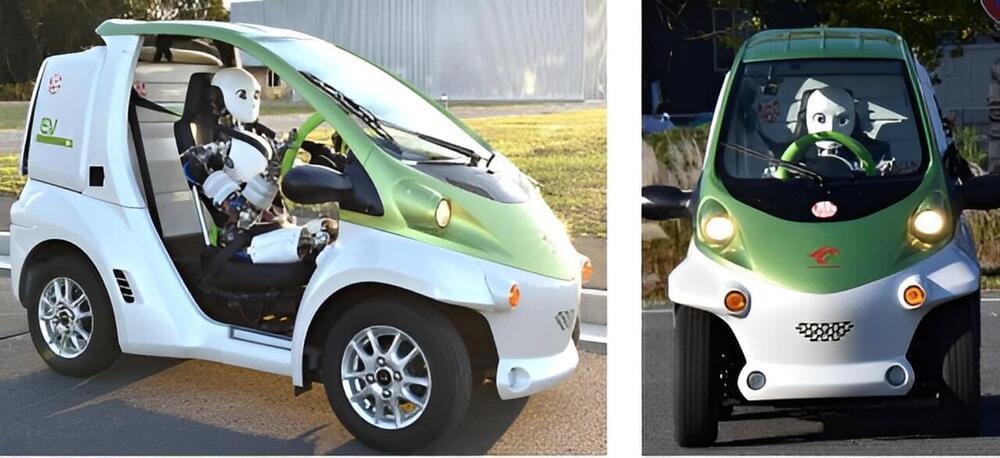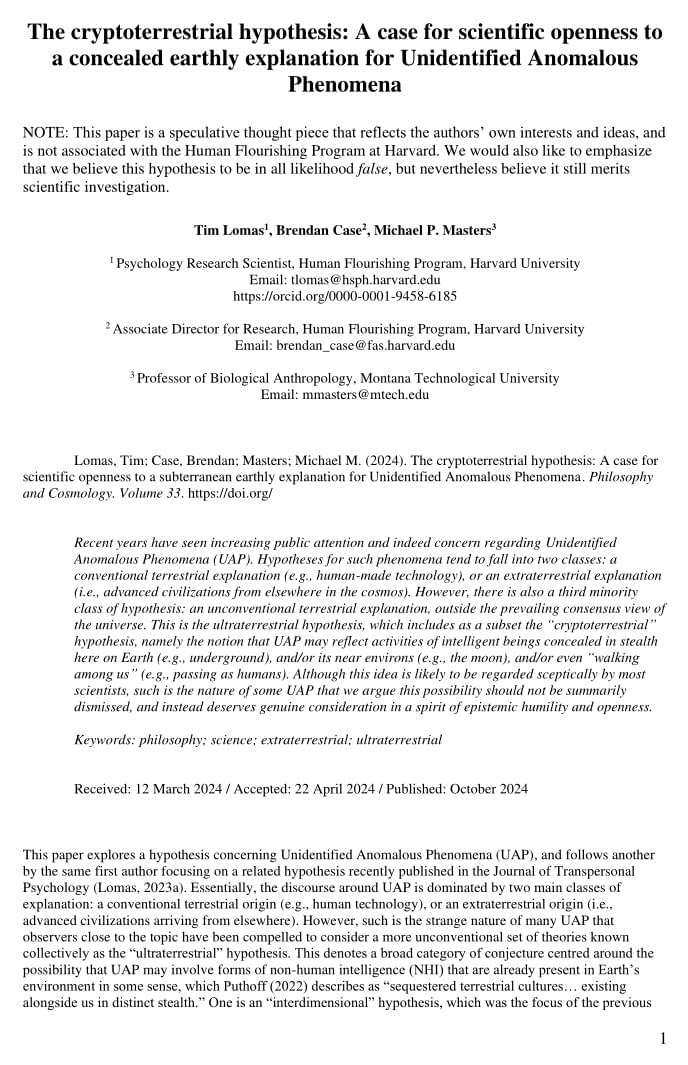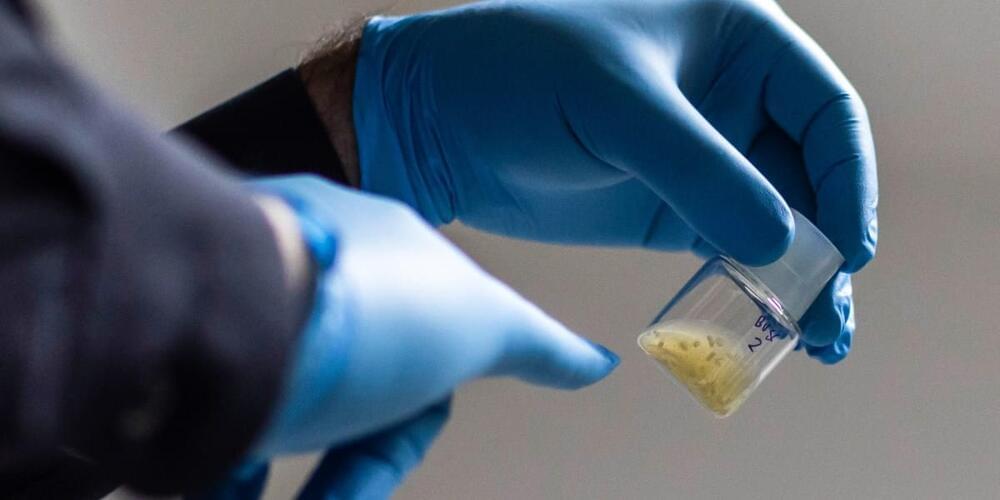
WASHINGTON – Shipboard radar experts at RTX Corp. will build hardware for the new AN/SPY-6(V) Air and Missile Defense Radar (AMDR), which will be integrated into late-model Arleigh Burke-class (DDG 51) Aegis destroyer surface warships under terms of a $677.7 million U.S. Navy order announced Friday.
Officials of the Naval Sea Systems Command in Washington are asking the RTX Raytheon segment in Marlborough, Mass., for AN/SPY-6(V) shipboard radar hardware.
The Raytheon AN/SPY-6(V) AMDR will improve the Burke-class destroyer’s ability to detect hostile aircraft, surface ships, and ballistic missiles, Raytheon officials say. The AMDR will supersede the AN/SPY-1 radar, which has been standard equipment on Navy Aegis Burke-class destroyers and Ticonderoga-class cruisers.


















